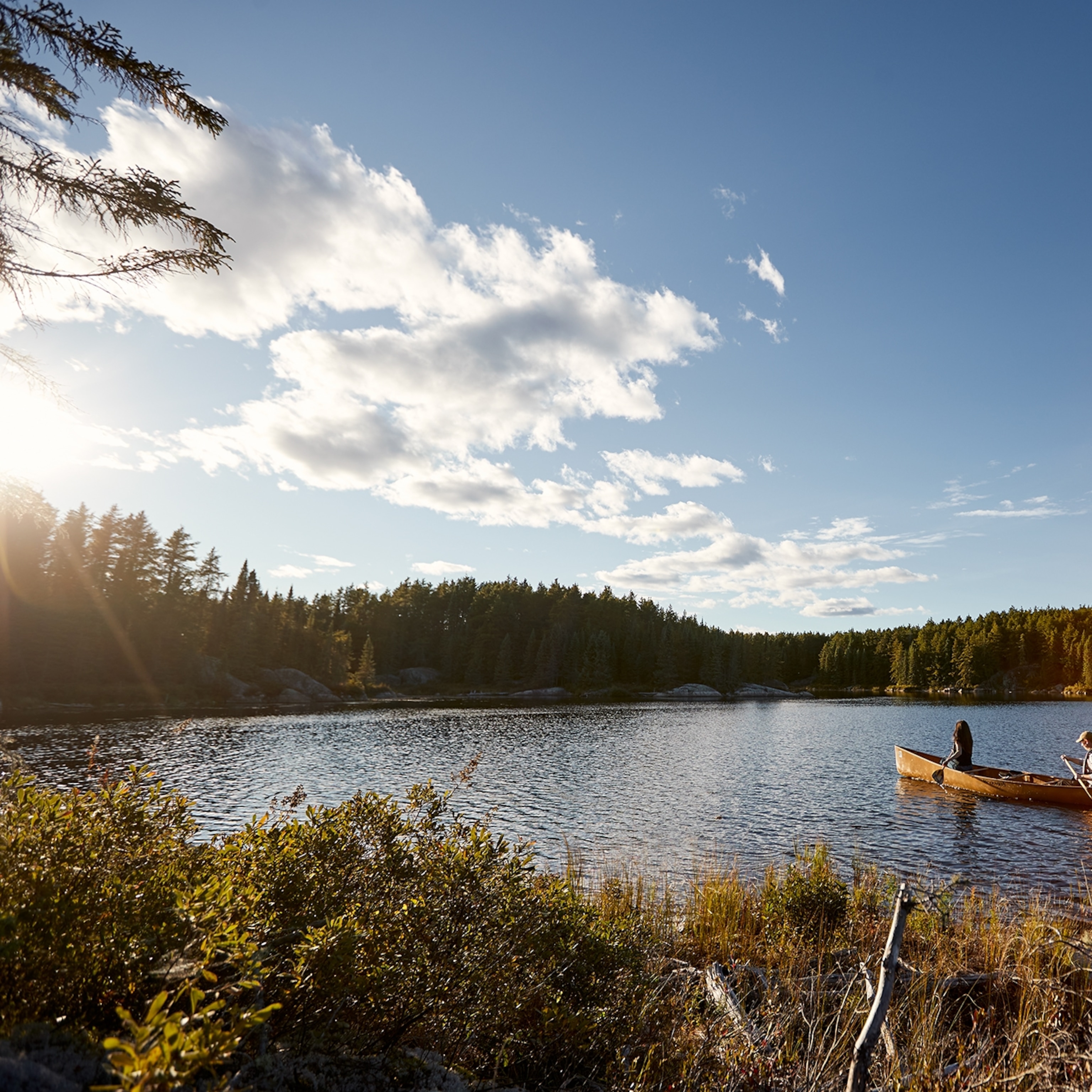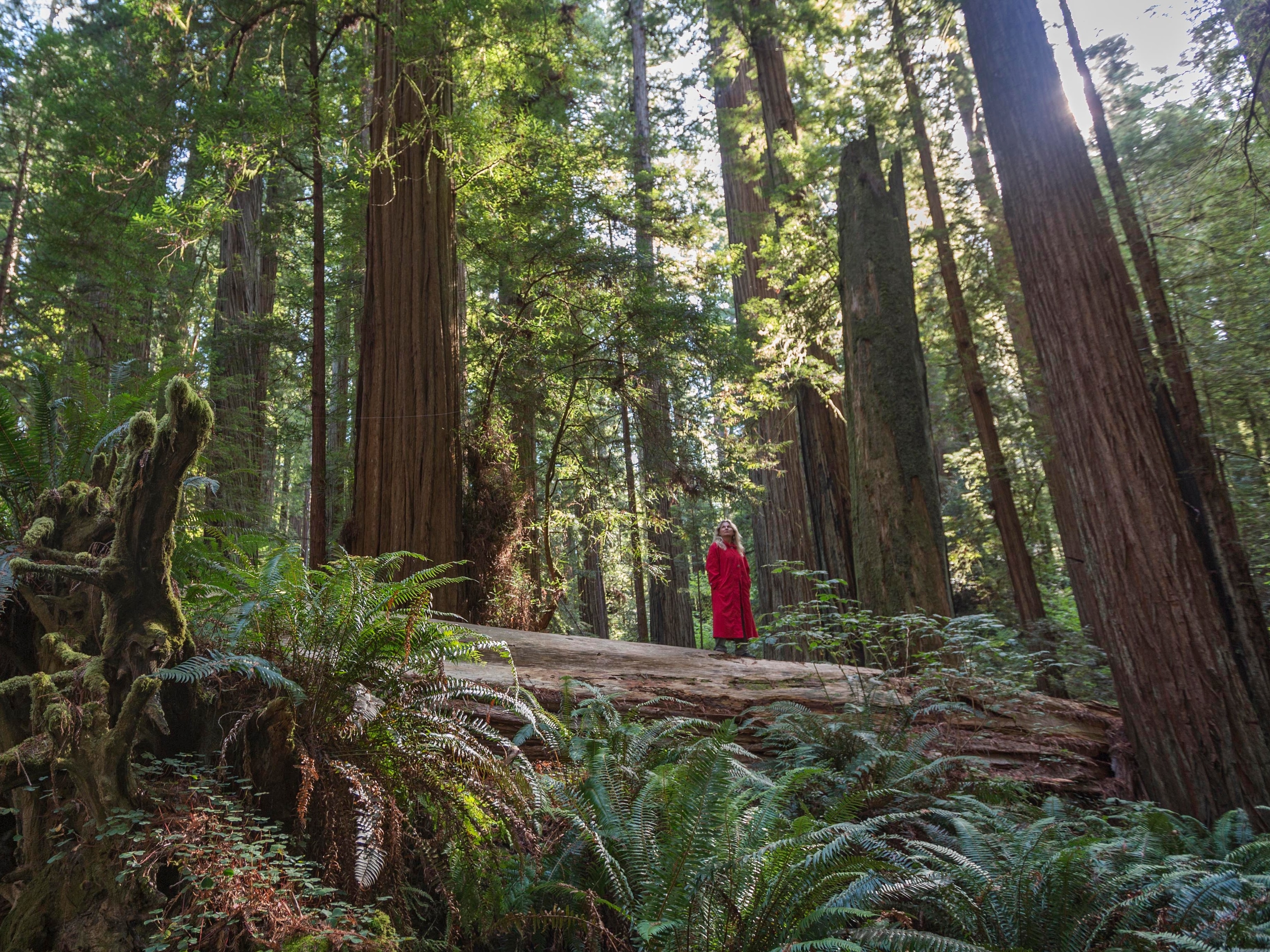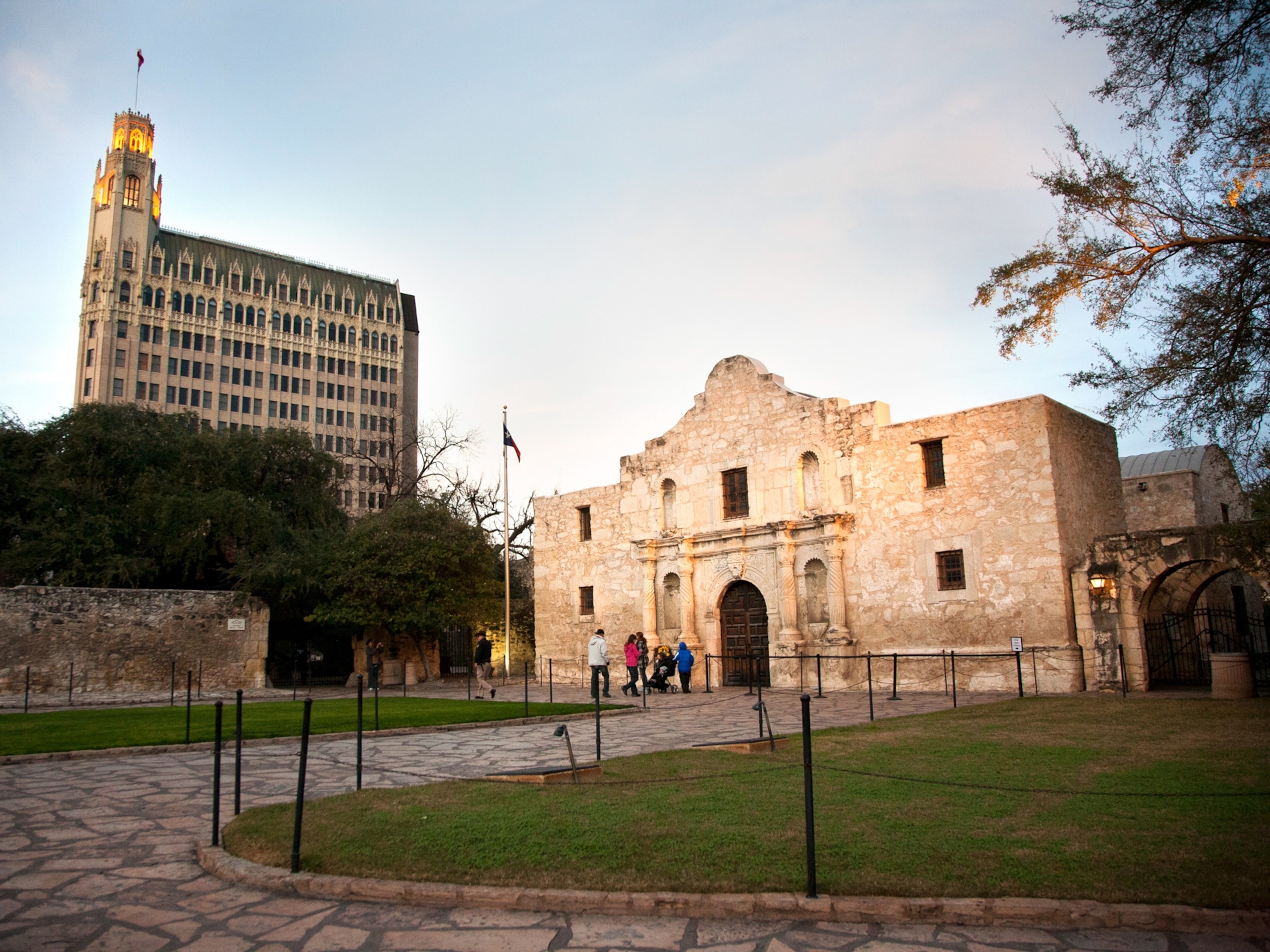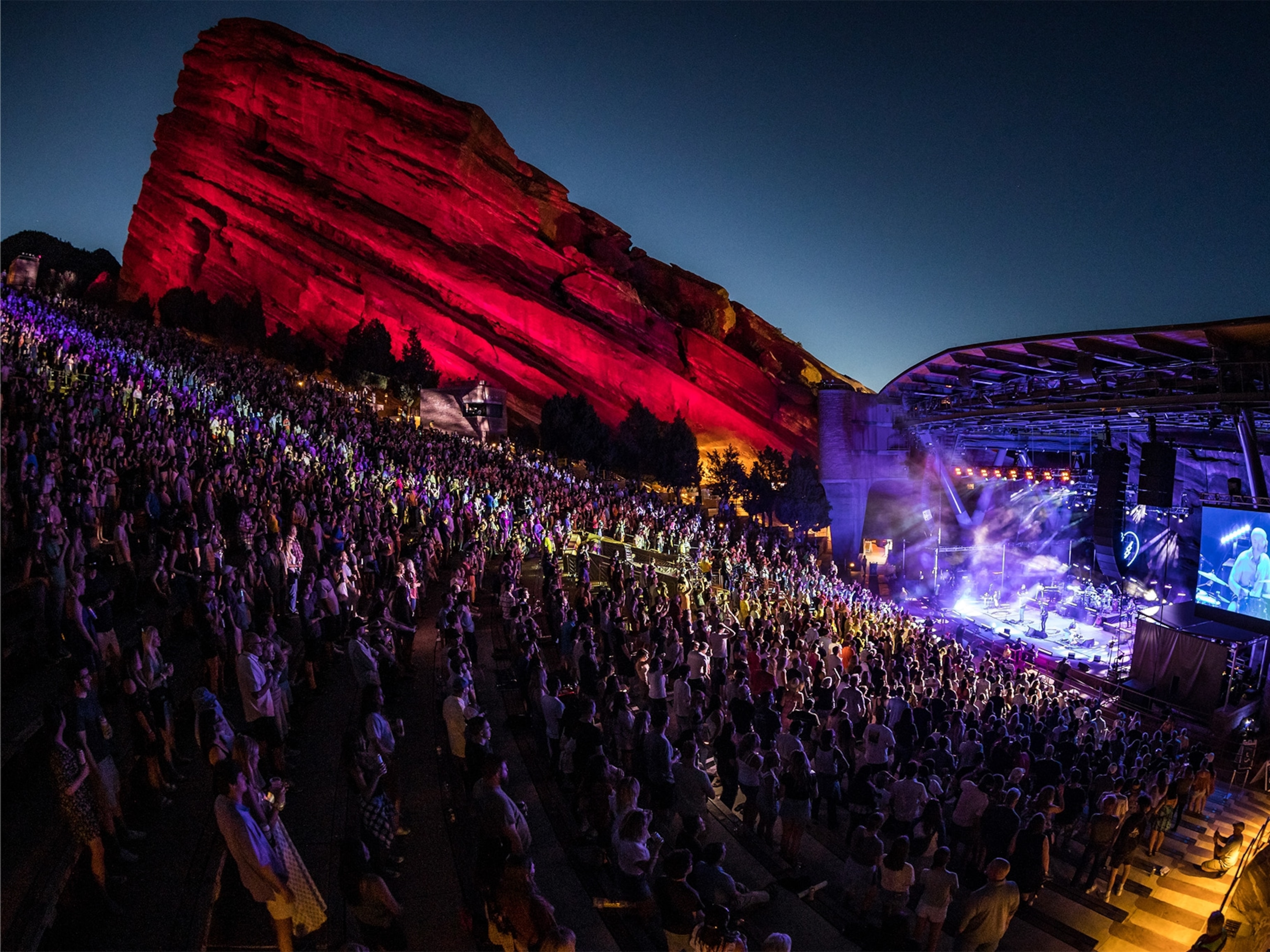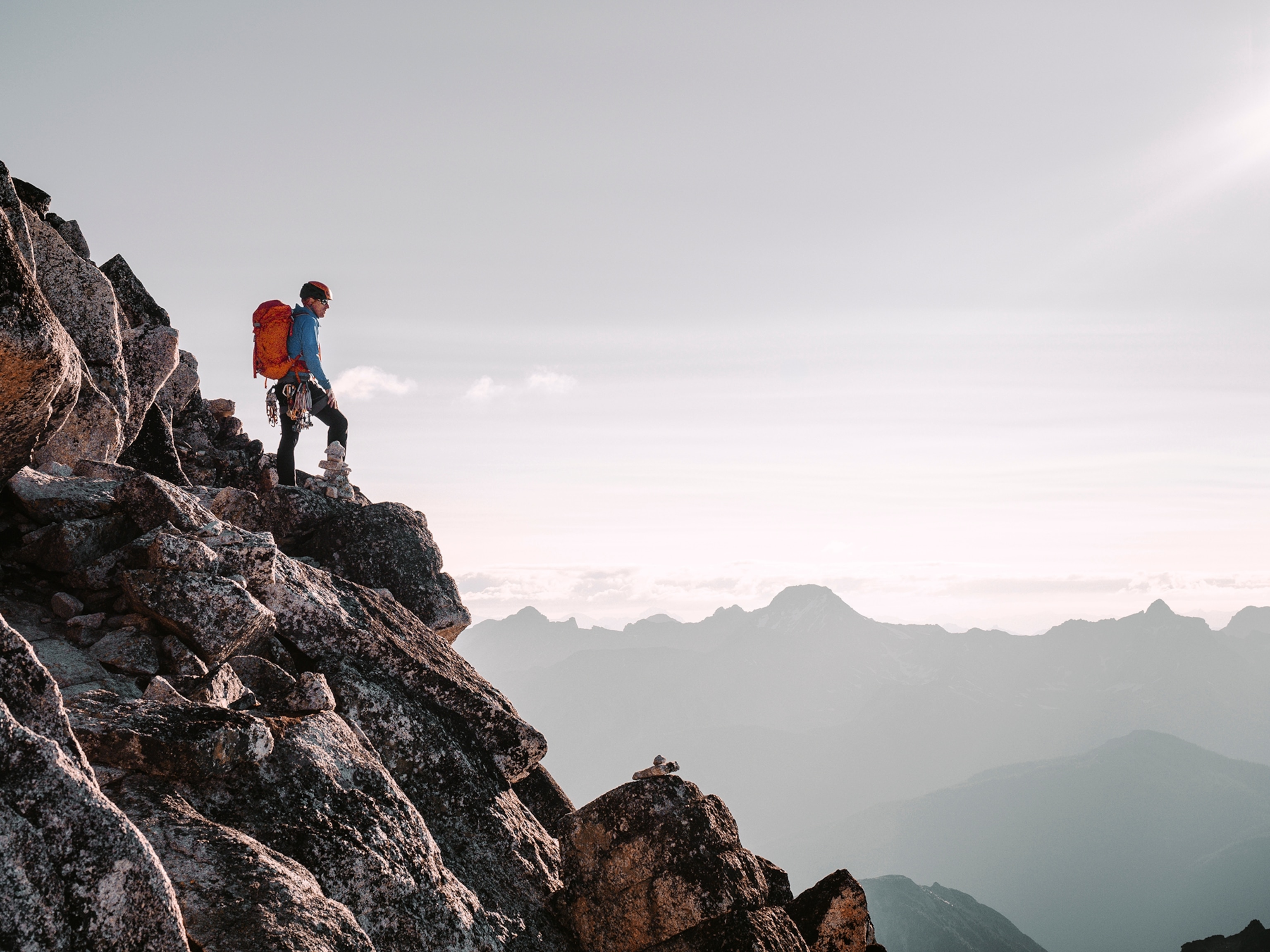
10 unforgettable ways to explore Minnesota
World-class Hmong American dining, the world’s largest freshwater lake, and excellent mountain biking are just a few compelling reasons to visit the North Star State.
Welcome to the Land of 10,000 Lakes—Minnesota! The North Star State offers locals and visitors alike pristine national and state parks, a culture of welcoming communities, and a rich Scandinavian history—but that’s only a small portion of what awaits you on this Midwest adventure. If narrowing down your options sounds daunting, we recommend you start with this list of not-to-be-missed experiences in Minnesota.
1. Go houseboating at Voyageurs National Park
The Boundary Waters Canoe Area Wilderness (BWCAW) is a million pristine acres of glacially-carved lakes and boreal forest along 150 miles of the Minnesota-Canada border—the place to go for a remote backcountry experience. Its western edge segues directly into Voyageurs National Park’s similarly stunning 218,00 acres. Celebrating its 50th anniversary this year, the park is nearly 40 percent water, and almost exclusively accessible by boat, which makes houseboating an iconic way to explore beyond a day trip.
“It’s basically your floating hotel suite in the park,” says Scott Lennander, Voyagaire Lodge and Houseboats general manager and guide. Upscale rentals include a full kitchen, three bedrooms, two bathrooms and a rooftop hot tub, and swim slide.
2. Delve into Minnesota’s rich history
It’s news to some that Minneapolis is not, in fact, the capital of Minnesota. That honor goes to its twin across the river, Saint Paul, where architecture transmits compelling state history along Summit Avenue, the country’s longest surviving Victorian high street. Nearby, the Cass Gilbert-designed white marble capitol building offers free guided tours every day but Sunday.
“When it’s nice out, tours take you up to the roof, right next to the golden Quadriga statue, where you get one of the best views in the city,” says Jacob Rorem, Public Programs Specialist at the Minnesota Historical Society. “You can see the Mississippi River Valley, the entire cityscape, all the way over to the Minneapolis skyline. It's pretty spectacular.”
(Related: Paddling Minnesota’s ‘ancient superhighway’.)

3. Bike a former iron mine pit in Cuyuna Country
Mining companies stripped northcentral Minnesota’s Cuyuna Range of its manganese-rich iron ore. Eventually, the companies left and nature took over. The mine pits filled with water, the shoreline emerged, and trees grew and thickened over decades.
State and local organizations stepped in, creating Minnesota’s first State Recreation Area, Cuyuna Country, which eventually included 70 miles of mountain bike trails. “They’re purpose-built,” says Aaron Hautala, an avid mountain biker and Cuyuna booster who helped with trail expansion. “Every inch of the terrain was looked at to maximize flow, roll and momentum, engineered specifically for a two-wheel bicycle.”
One of the few clues to the land’s former use: the red, iron-rich dirt that clings to bikes and bikers like a trail souvenir. Cyclists travel from well beyond state lines for red dirt riding, creating a new, more gentle economy for the tiny twin towns of Crosby and Ironton (combined pop. 3,000). Hautala describes the low-key tourist vibe of the towns as similar to small mountain towns.
4. Walk across the Mississippi River
Itasca State Park, Minnesota’s oldest state park, was established in 1891 to protect the Mississippi River’s humble origin. The park is where the iconic river begins its slow and steady stream. Visitors can access it at the end of a wide, paved path just 900 feet from a parking lot. “It’s very, very popular, especially in the summertime,” says Heather Funk, Itasca State Park Ranger and Visitor Services Coordinator. “Any day of the week, it's going to be pretty busy with people splashing around and swimming and taking that perfect photo at the historic headwaters post.”
For a less-crowded mid-week getaway, consider visiting the park in full fall splendor from September and October. There’s more to the park than the headwaters, too. “You can really have whatever experience you want, whether that's remote, rustic backcountry camping, the driving tour, or short little walks here and there,” Funk says. “It's very accessible to everybody.”
(Related: The essential guide to visiting Minnesota.)
5. Eat food found in the Twin Cities’ eclectic restaurants
The urban melting pot that is the Twin Cities Metro is ringed in farmland—two key ingredients that feed a dining scene that’s more ethnic and inspired than visitors often expect. “Everybody knows somebody who has a farm,” says Diane Moua, James Beard-nominated Executive Chef and owner of Diane’s Place, one of the upscale Hmong American restaurants trending in Minneapolis. It’s known for its airy scallion croissants, gingery Hmong pulled pork, and sticky rice. While you’re in the Twin Cities, visitors should also try Vinai, a 2025 Best New Restaurant semifinalist for a James Beard Award.
Moua’s advice to visiting diners is to to “try everything,” including the small taco shops, including her favorite, El Taco Riendo, and market stalls, like HmongTown Marketplace in Saint Paul. Also on her list is the old-school Midwestern Matt’s Bar, purported creators of the Twin Cities-famous Juicy Lucy, basically an inside-out cheeseburger popular enough to inspire a long line of patrons out the door.
6. Immerse yourself in art and the life of music royalty
Prince is arguably Minnesota’s most famous native, and tracing his roots introduces you to the arts community—deep and varied across mediums. Fans of the royal rocker should consider visiting Paisley Park, the compound where he lived and worked, located in Chanhassen, a suburb of Minneapolis.
First Avenue, the star-studded indie club where he performed numerous times, multiple Prince-inspired murals, and his preferred record store can all be found in Minneapolis. And this fall, the State Theatre will host the world premiere of the Broadway-bound stage adaptation of Purple Rain. Go deeper with In the Footsteps of Prince, a highly-reviewed self-guided walking tour written and narrated by local writer Frank Bures.
(Related: The most absurd foods you can eat at the Minnesota State Fair.)
7. Explore the 545-million-year-old Driftless Area
Visit the Paleozoic Plateau that includes southwestern Wisconsin, southeastern Minnesota, northeastern Iowa, and the northwestern corner of Illinois. This Driftless Area was never covered by ice during the last ice age. Today, Minnesotans and visitors appreciate the Driftless Area’s cold-water trout streams and winding roads that run along tree-blanketed bluffs.
Head to the Root River for outdoor fun, including fly fishing and tubing, or go cycling on the 42-mile paved Root River Trail, a former railroad located along the river’s banks. Motor beyond that well-traveled valley for less well-known Driftless gems. The Newburgh Vintage Home and Garden and Small Batch French Bakery outside of tiny Mabel, Minn., for one, has a dedicated following for its classic brioche, scones, and croissants, despite only being open for a few hours on select Saturdays.
8. Go roadtripping along the iconic North Shore
Visitors from around the world travel to Highway 61 along Minnesota’s North Shore, and for good reason. The North Shore Scenic Drive separates forested glacial ridges from basalt cliffs that plunge into saltless, sea-like Lake Superior, cutting a 150-mile two-lane path through unparalleled wild beauty. Along this famed route, roadtrippers will find eight state parks and the 310-mile Superior Hiking Trail. There’s so much to experience; you can simply bypass full parking lots and follow whims to find relative solitude.
“Don’t drive to make great time, drive to have a great time,” says Kevin Hanson, a regular North Shore visitor before landing the general manager position at Northern Goods, a new outfitter in artsy, outdoorsy Grand Marais. Two of his roadside favorites are Castle Danger Brewery, which uses Lake Superior waters in its brews, and Black Beach Park, with its otherworldly color created by the fine-grain waste from the taconite pellets once processed nearby.
(Related: Best hotels in Minnesota for every type of traveler.)
9. Celebrate the winter with fun festivals and activities
A New York newspaper correspondent visited Saint Paul in 1885 and deemed it, “Another Siberia. Unfit for human habitation.” By the following year, local boosters had pulled together the first Saint Paul Winter Carnival, 10 days of parades, ice sculptures, and other outdoor-based revelry that’s still held today, starting at the end of January. It set the example for hundreds of cities and towns to celebrate the embrace of winter’s snow and frigid temperatures.
In the Twin Cities alone, multiple options overlap each weekend. A more recently-established favorite, The Great Northern is a 10-day event filled with activities and amenities such as a sauna village, guided nature walks, and specialty cocktails served at a 50-foot ice bar—all designed to foster community and conversation about climate change. It, too, takes place towards the end of January.
(Related: How Minnesota helped me find the magic of winter.)
10. Relax at one of the Minnesota's 10,000+ lakes
It’s a myth that Minnesota has 10,000 lakes—there are actually 11,842 of them. They’re sprinkled throughout the state, including the Twin Cities, where a chain of seven well-loved lakes—surrounded by trails, beaches, and restaurants—that offer classic easy-access recreation with a city skyline view.
Drive 'up north' for a full week in the summer for a true lake experience. It's a Minnesotan’s rite of passage. The beauty lies in its customized simplicity. Lake days are as active or chill as you want them to be with the prerequisite of knowledge about watersports and safety. It's not uncommon to hear the sound of the state bird common loon call at some point, and maybe catch the Northern Lights, if you’re lucky.
Choose your own adventure and visit one of Minnesota's popular lakes areas—Brainerd Lakes Area, Alexandria Lakes Area, Otter Take Lake Country, Detroit Lakes.

